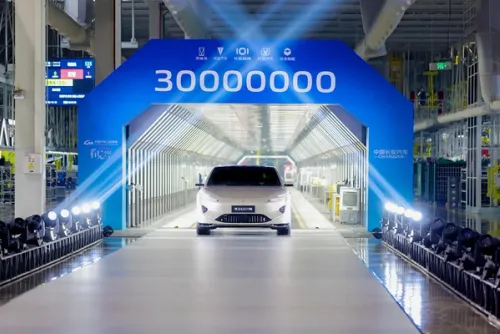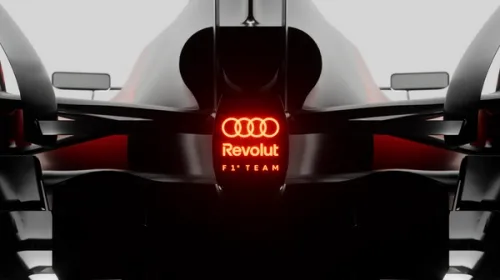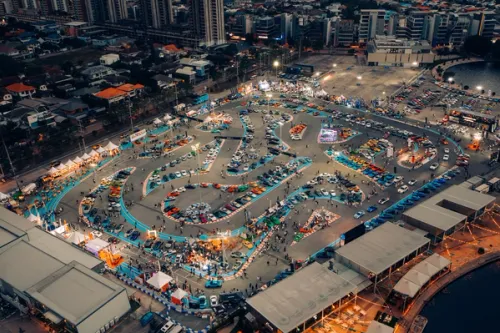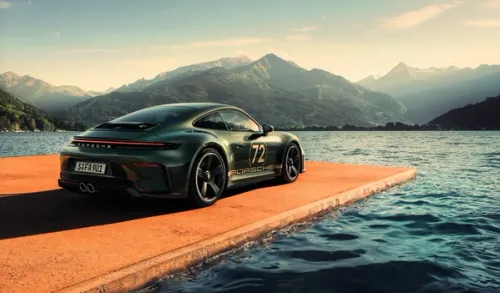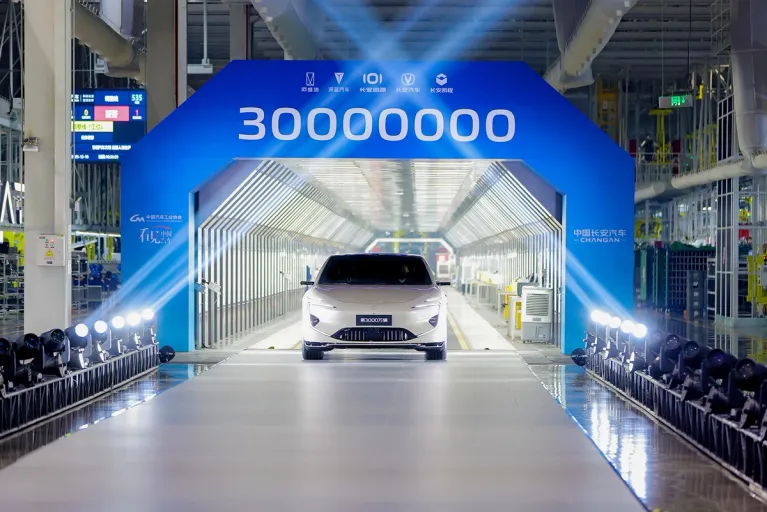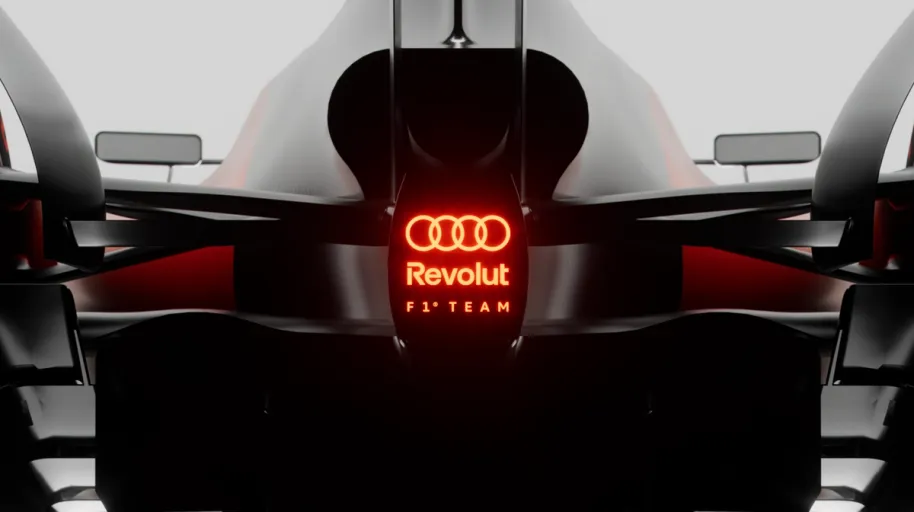Engines and Driveline Layouts
This article is all about the different types of driveline layouts.

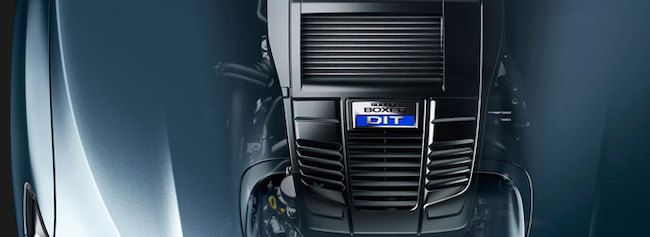
Ideally a car’s engine should sit as low and close to the ground as possible, since such a configuration lowers the car’s center of gravity and greatly improves handling. Vehicles like the Subaru BRZ use a flat engine configuration to achieve a low center of gravity.
Placing the engine as close to the middle of the car also improves handling, since the car’s weight is more evenly distributed between the front and rear wheels. Cars with a mid-engine design, which is common in exotic sports cars like Ferraris and Lamborghinis, in general handle much better than cars with other engine configurations.
If a car has a large engine in the front, it can be difficult to steer through turns. Hard braking will also cause the car to “nosedive” or the front end to surge downward toward the road’s surface because of the weight of the engine, reducing the car’s stopping ability. Some automakers push their front engines as far back as possible to improve a car’s handling ability.
While not very common, cars with rear engines and rear-wheel-drive tend to be difficult to drive quickly around turns, since the majority of the weight and all of the engine’s power is located in the rear causes the back end to slide out. Rear engine and rear-wheel-drive cars are known for superior stopping ability and brisk acceleration, making it a popular configuration for high-performance vehicles.
Credits:


Get the Best Price for your used car
from 500+ dealers in 24 hours

- Convenient and Hassle-Free
- Consumer Protection
Transparent Process
With No Obligation
